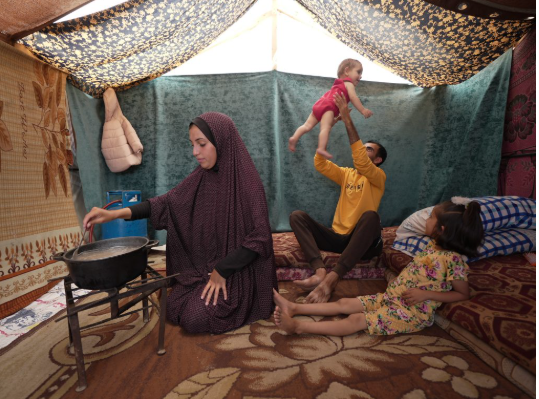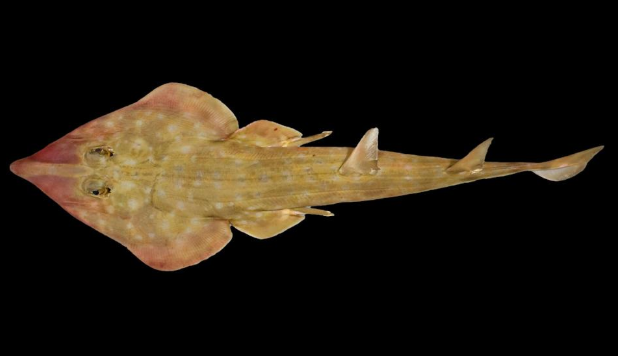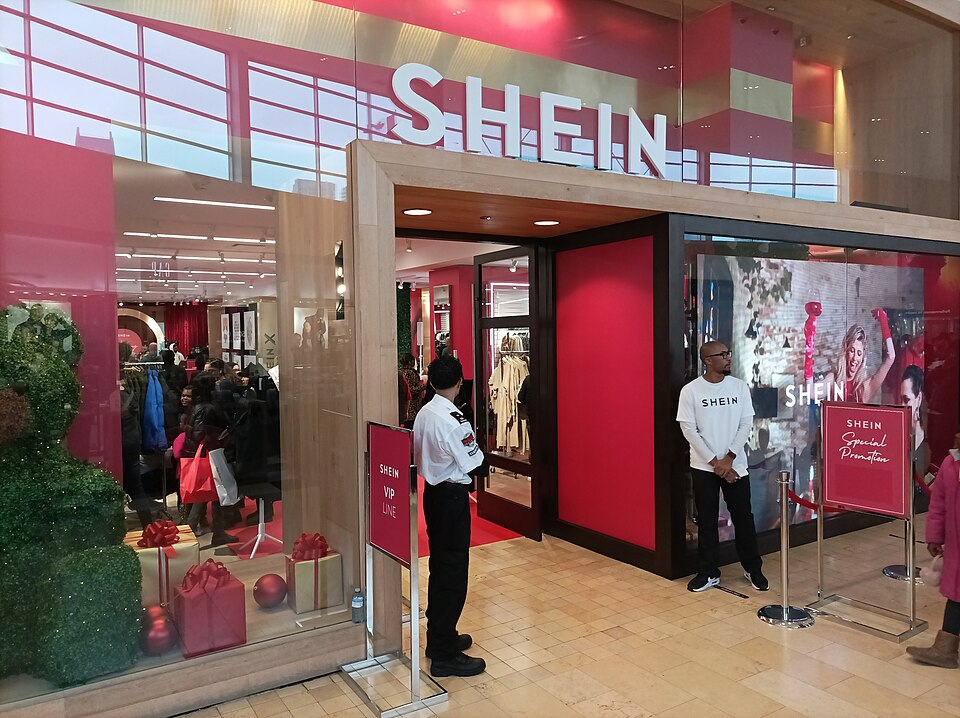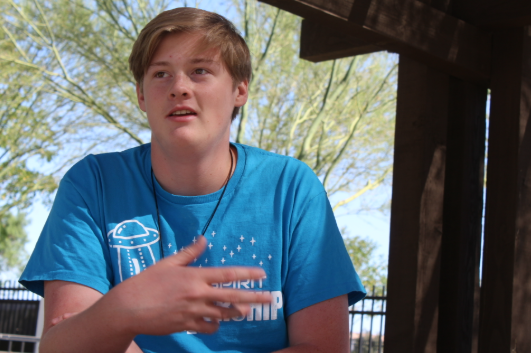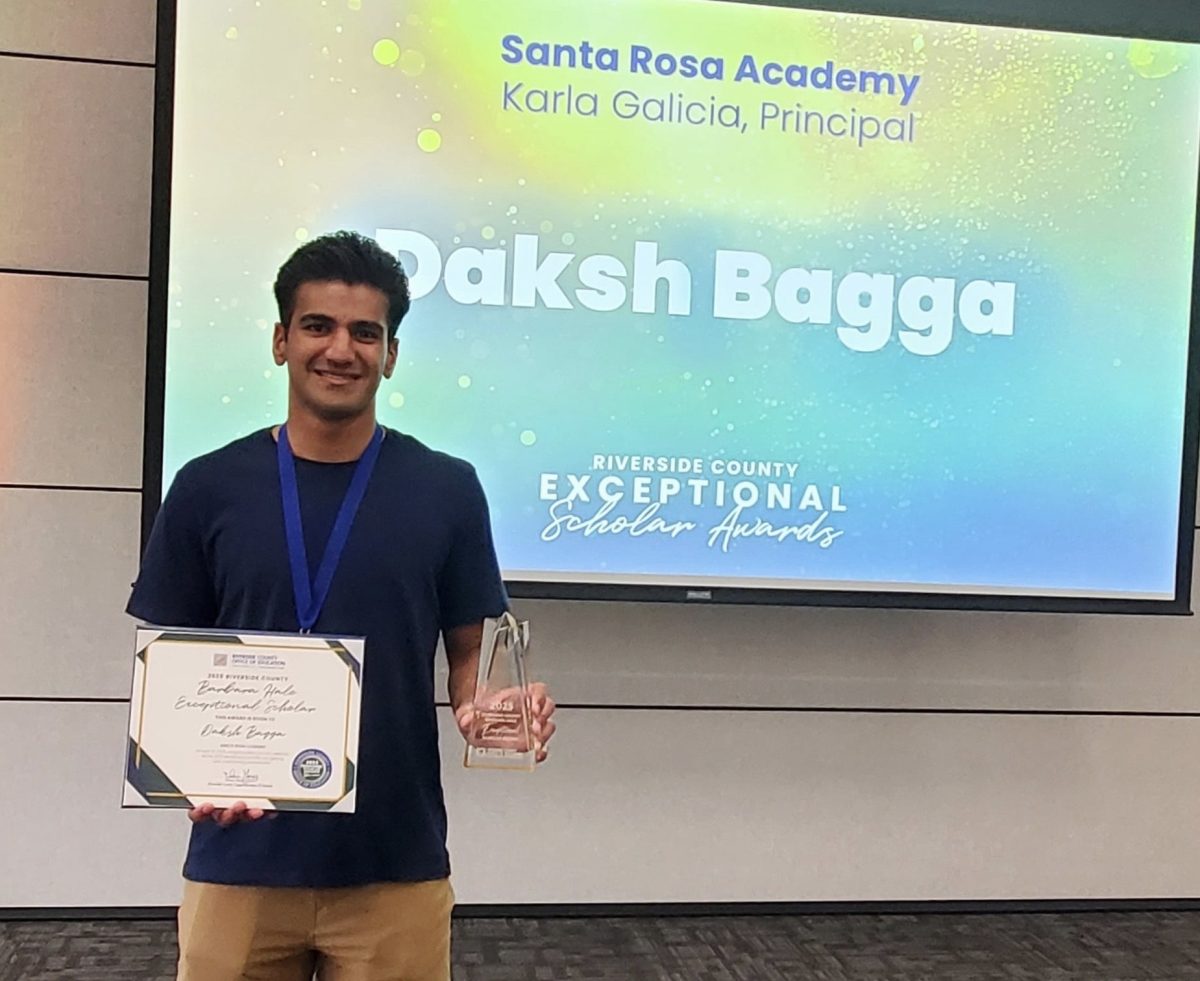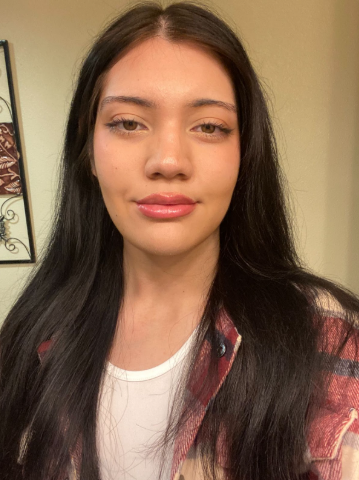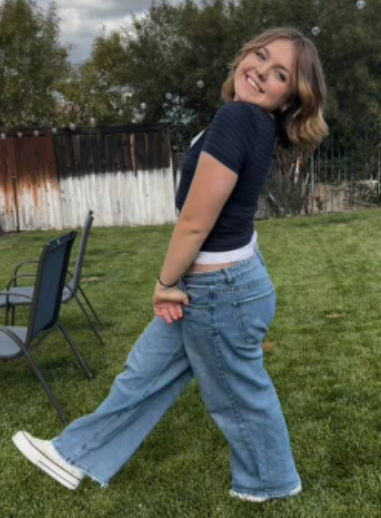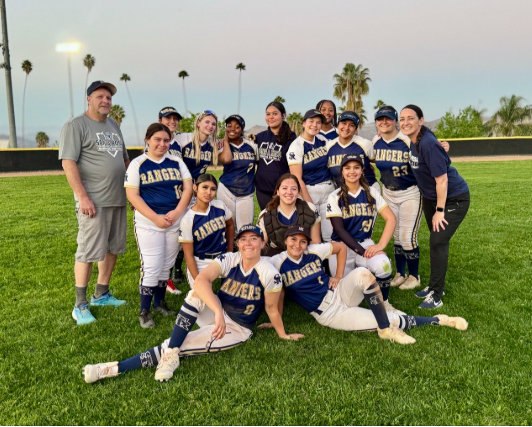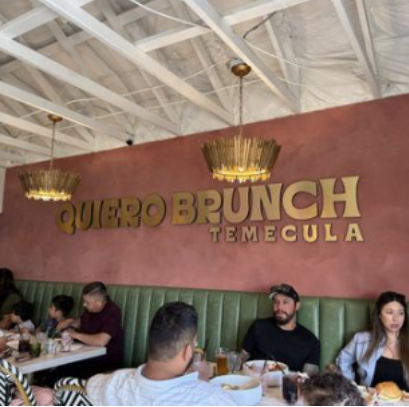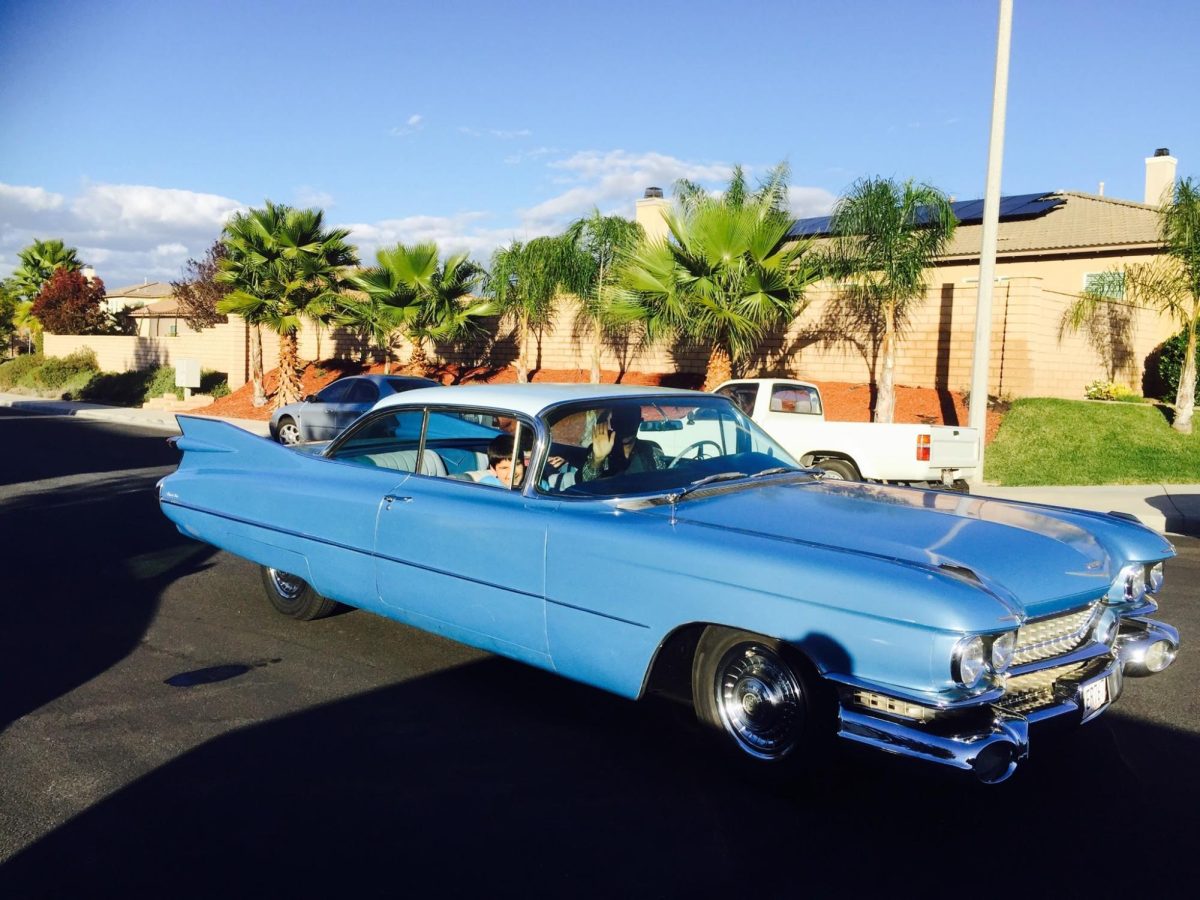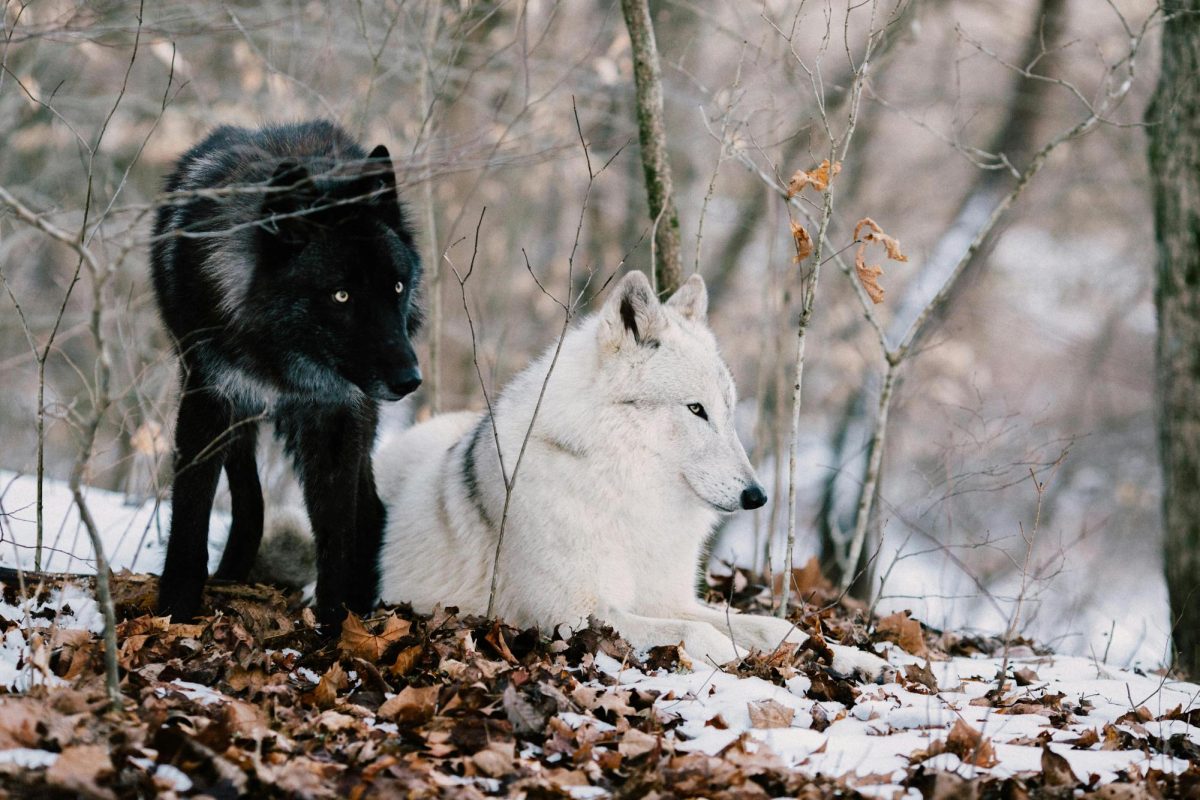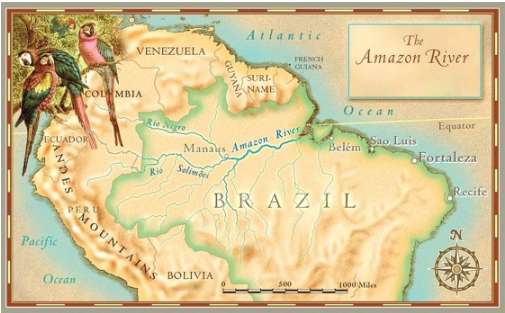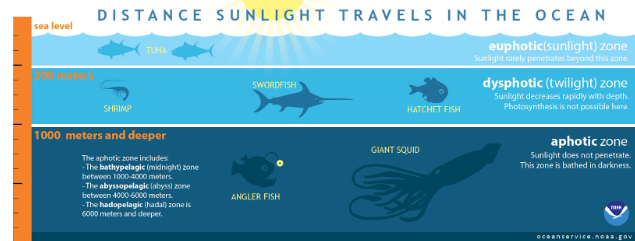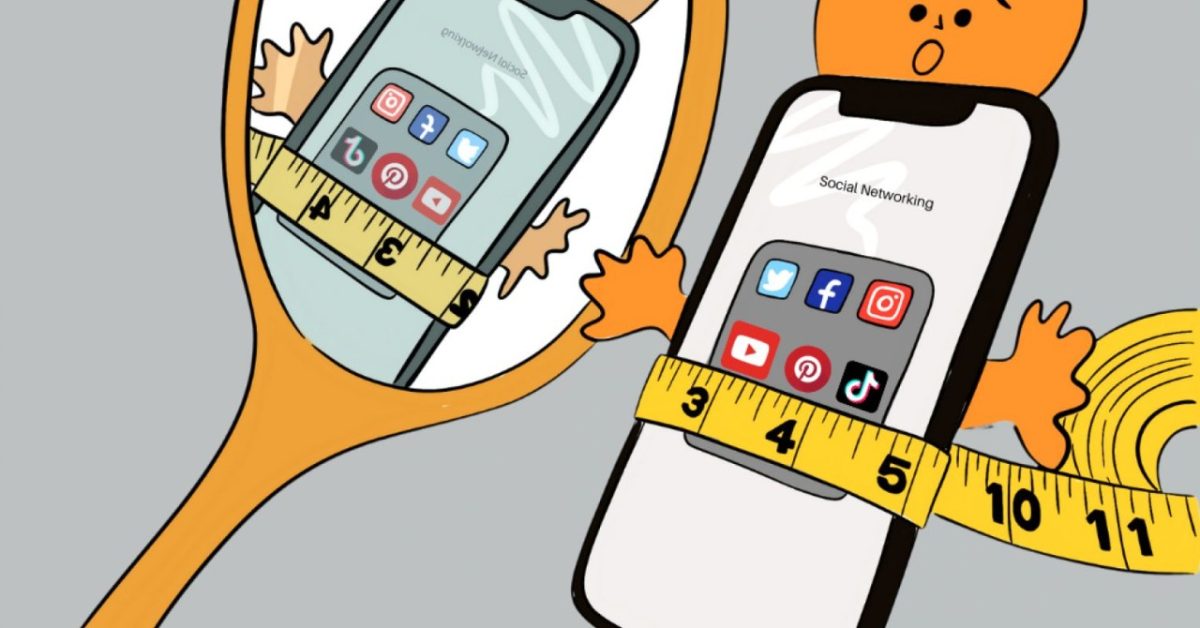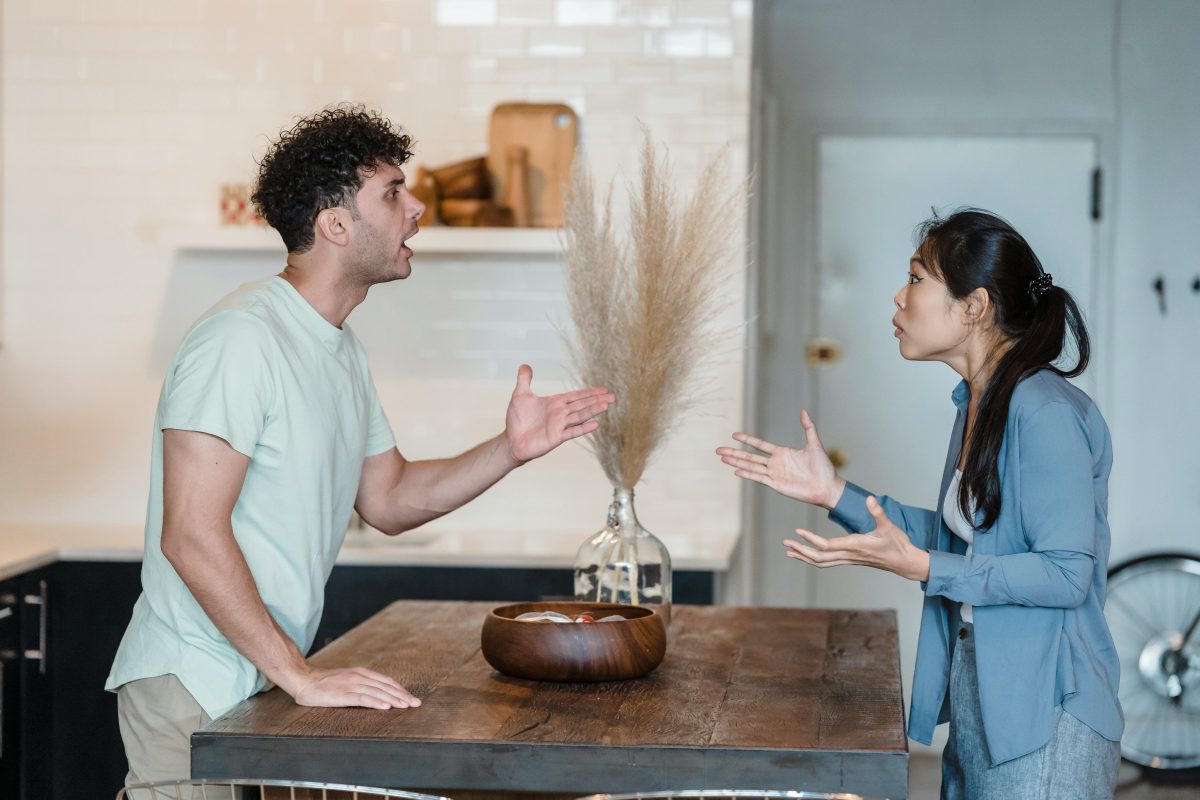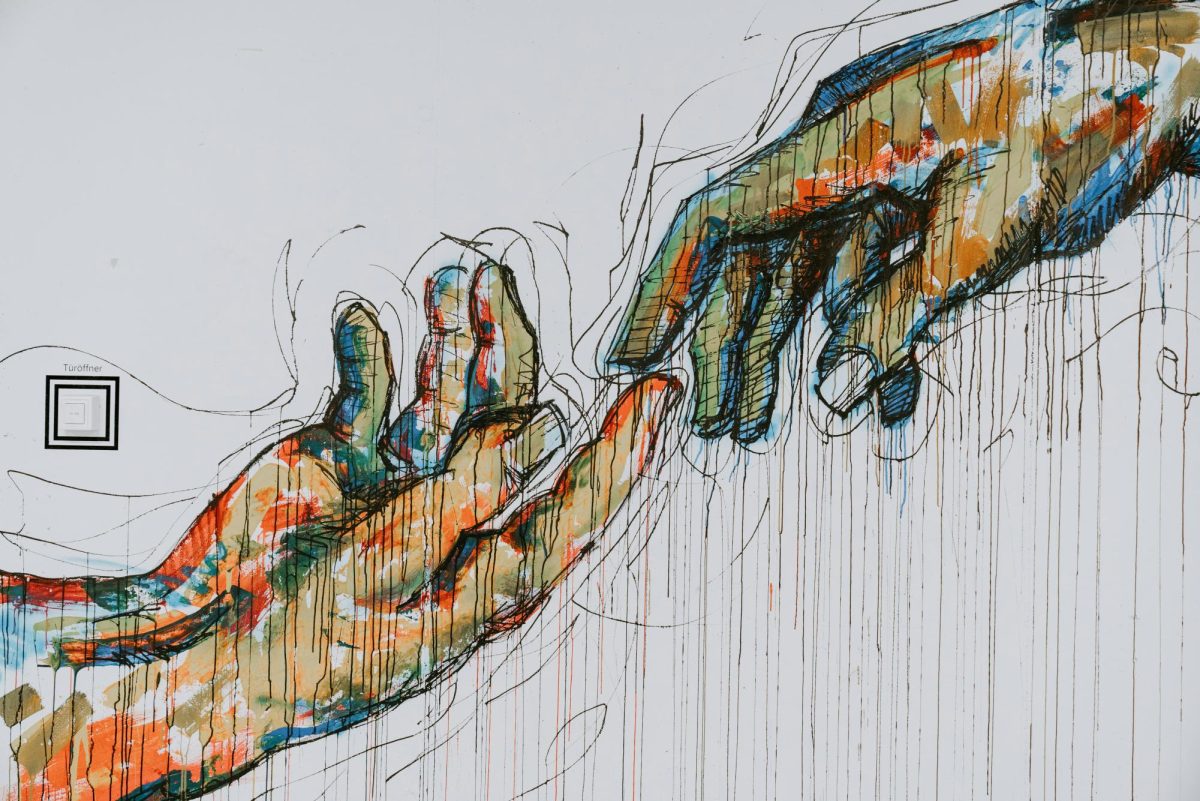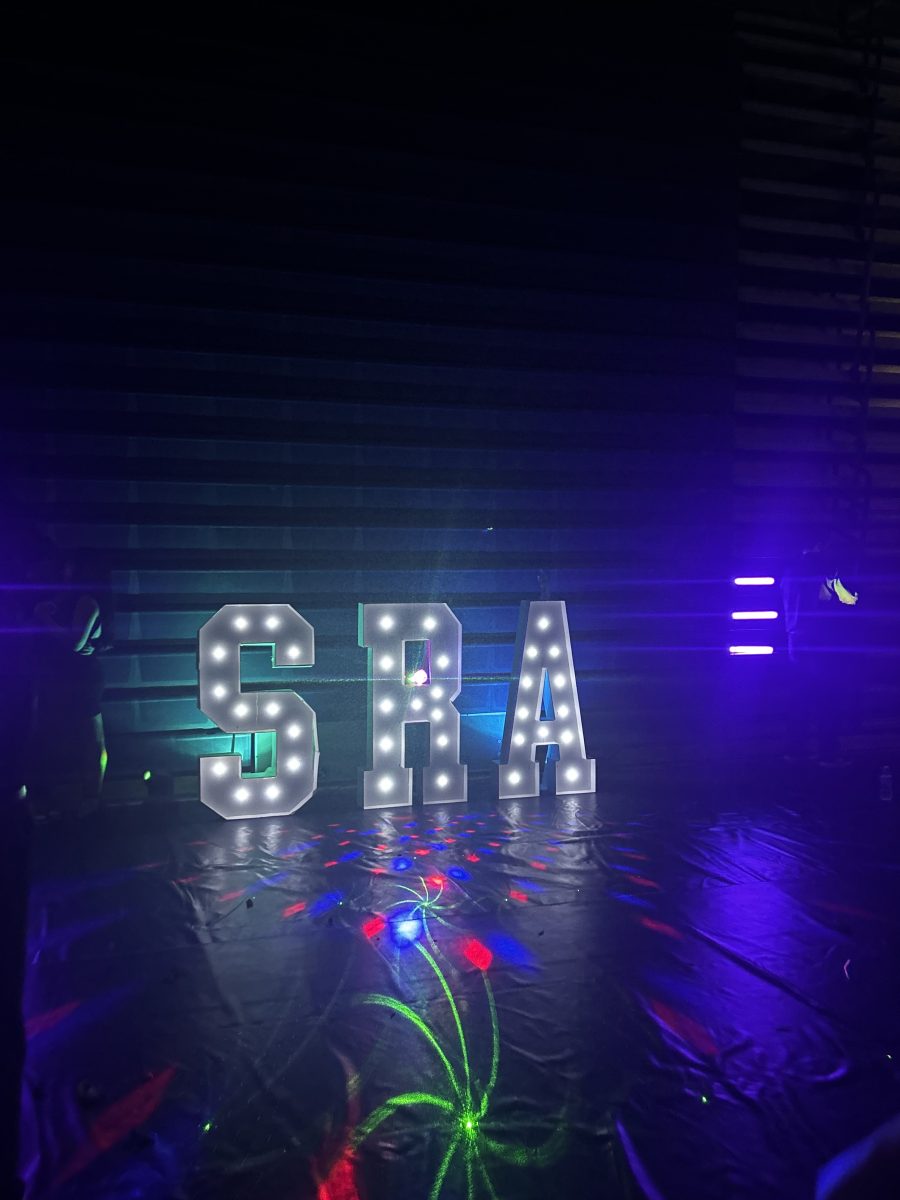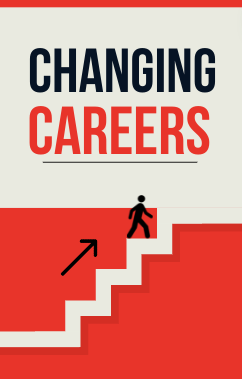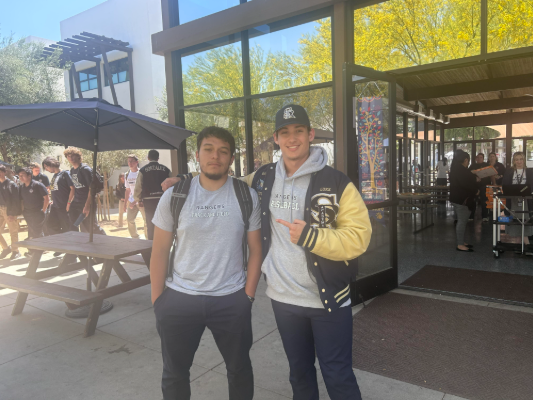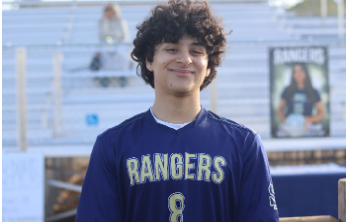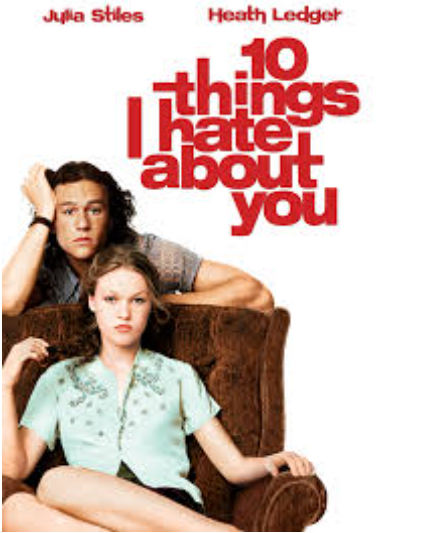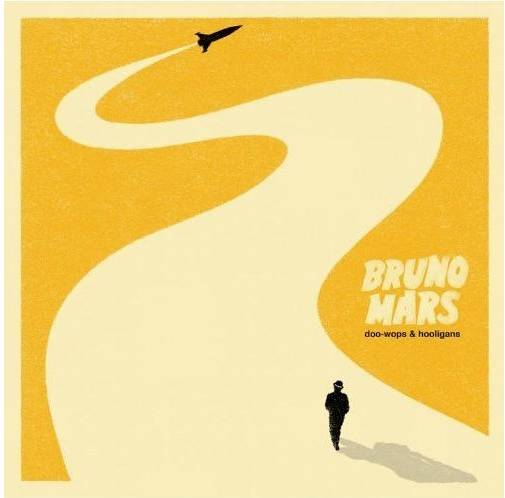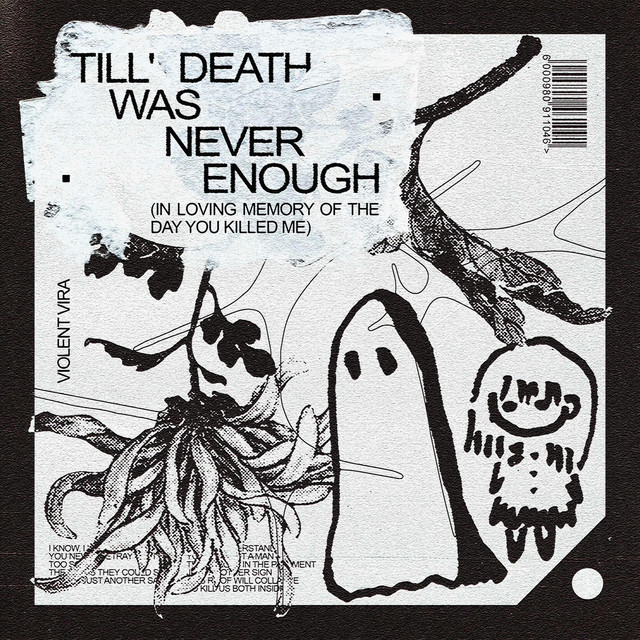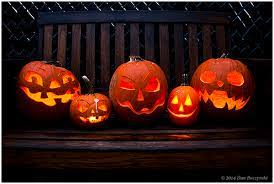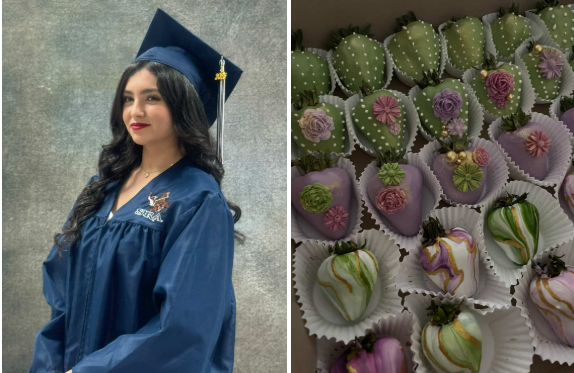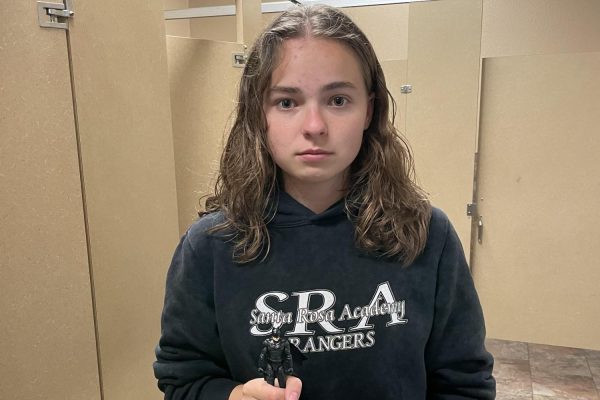Halloween celebrated on October 31st, is often associated with costumes, candy, and spooky decorations. It’s a holiday that has become an integral part of modern Western culture, but its origins are far more complex and intriguing than many people assume. This exploration delves into the history of Halloween and its impact on modern society, shedding light on its true meaning and the rich tapestry of traditions that have contributed to its development.
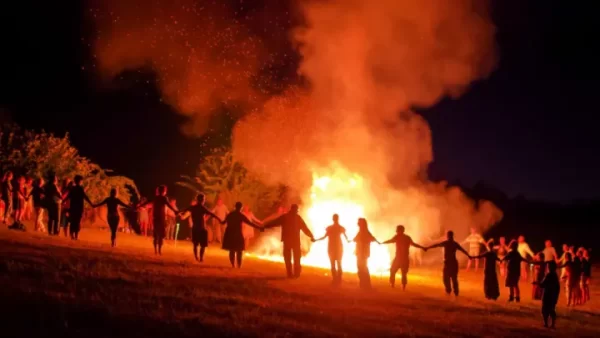
Halloween’s roots can be traced back over 2,000 years to the ancient Celtic festival of Samhain. Heather Thomas, a writer for the Library of Congress Blogs wrote, “Yet, the Halloween holiday has its roots in the ancient Celtic festival of Samhain (a Gaelic word pronounced “SAH-win”), a pagan religious celebration to welcome the harvest at the end of summer, when people would light bonfires and wear costumes to ward off ghosts”. Samhain was originally celebrated in what is now Ireland, the United Kingdom, and northern France. This festival marked the end of the harvest season and the beginning of winter, a time associated with death and the spirit world. The Celts believed that on the night of October 31st, the boundary between the living and the dead blurred. They lit bonfires and wore costumes made of animal skins and heads to ward off malevolent spirits and honor their ancestors. This celebration not only foreshadowed Halloween but also highlighted the deep connection between the holiday and the cycle of life and death.
In the 7th century, the Christian Church played a pivotal role in reshaping the essence of Halloween. During this period, Pope Boniface IV made a significant proclamation, designating November 1st as All Saints’ Day to honor saints, martyrs, and other holy figures. This Christian observance, also known as All Hallows’ Day, marked a significant shift in the significance of October 31st. The night preceding All Saints’ Day, October 31st, was dubbed All Hallows’ Eve, eventually evolving into the Halloween we know today. The Christian influence on Halloween brought a new spiritual significance to the holiday. It became a time to commemorate the revered departed, shifting the focus from ancient Celtic beliefs in blurred boundaries between the living and the dead to Christian notions of saints and the afterlife. This fusion of beliefs led to a complex tapestry of traditions, where the spiritual and the supernatural coexisted in a dynamic and evolving manner.
There are many modern-day Christians who have decided not to observe Halloween. Many of these Christians believe Halloween to be Satan’sholiday and resent everyone who celebrates it because of that. However, this is just not true according to the true history of Halloween. A student at Arizona State University interviewed The Church of Satan. The student stated, “When asked, the Church of Satan said that it does not venerate Halloween and that they don’t feel a connection to it.”. This interview as well as a quick Google search can disprove all accusations that Halloween is Satan’s or a Satanist holiday. However, a person should not be forced to celebrate any holiday, especially for religious reasons.
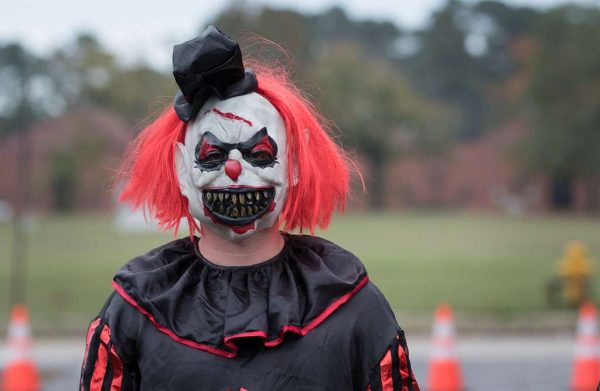
Halloween, as we know it today, was shaped by the traditions of various cultures and immigrants in the United States. The early American settlers, including the Irish and Scottish, brought their Halloween customs with them. In the 19th century, Halloween began to transform into a community-centered holiday with gatherings, parties, and the development of uniquely American traditions. The influence of literature, particularly Edgar Allan Poe and Washington Irving, contributed to the dark and mysterious themes associated with Halloween. With time, the holiday incorporated elements from other cultures, such as Mexican Day of the Dead celebrations and European witchcraft folklore.
Today, Halloween has evolved into a diverse celebration that encompasses a broad range of traditions. While the commercialization of Halloween often emphasizes costumes and candy, there are deeper and more complex aspects to the holiday. Firstly, many people still use Halloween as a time to honor their ancestors and departed loved ones, drawing from its Celtic and Christian origins. This practice ties Halloween to its historical roots and emphasizes its connection to the spirit world. Secondly, Halloween allows for artistic and creative expression through costumes, decorations, and pumpkin carving. It offers a unique opportunity for individuals to explore their imagination and connect with their inner creativity. Thirdly, Halloween fosters community bonds as neighborhoods come together for trick-or-treating, parties, and events. It provides an opportunity for people to interact and strengthen social ties, reinforcing the sense of togetherness. Additionally, the holiday’s spooky elements can serve as a means of confronting and conquering our fears, helping individuals build resilience and cope with the unknown. Finally, many use Halloween as an opportunity to support charitable causes through fundraising events, adding a philanthropic dimension to the celebration, and demonstrating that it can be a time for giving and supporting important causes. These diverse aspects of Halloween showcase its multifaceted nature and underline its significance in contemporary society.
Halloween is a multifaceted holiday with a rich history that spans centuries and continents. Its true meaning goes beyond candy and costumes, encompassing themes of honoring the deceased, creative expression, community bonding, and personal growth. Understanding the complexity of Halloween’s history and its impact on modern society allows us to appreciate the holiday for its depth and the multitude of ways it enriches our lives. So, the next time you see a jack-o’-lantern or a spooky costume, remember that there’s more to Halloween than meets the eye.

